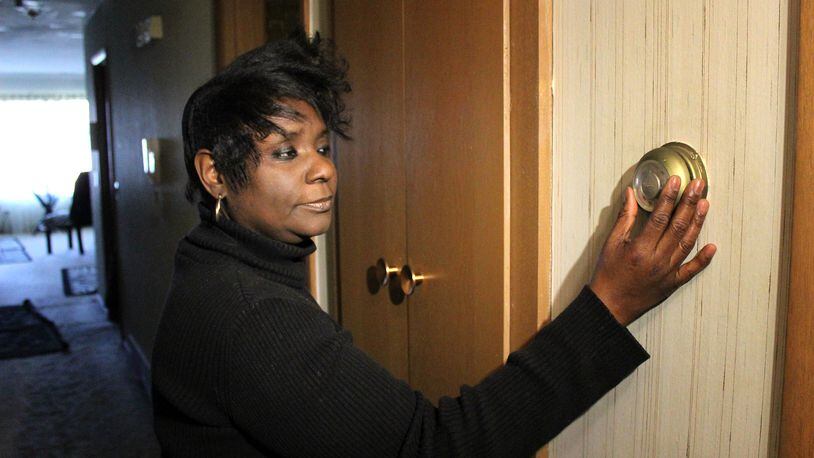For the first two months of the three-month heating period, city residential consumers saw bills a combined $28.11 lower — or $14.05 per month. That’s a 7.5-percent savings from the same period a year ago. Consumers should see even larger savings on bills they’re receiving this month because February was significantly warmer than a normal February.
“This December was 9.3 percent colder than the typical winter, but January was 21 percent warmer than the typical winter, and February was 33 percent warmer than the typical winter,” Perry said.
The gas and electric bills the average Hamilton residence received for January and February — reflecting their energy use for December and January, because there’s a one-month lag in the bills after the power is consumed — was $347 for the two months, down from $375.11 over the same two months last heating season.
Hamilton savings figures for February are not yet available, with those bills still going out.
Duke Energy spokesman Lee Freedman said Ohio customers’ heating bills were about 22 percent, or $30 per month, below what they would have been for historic averages. When compared against last winter, “which was also warmer than normal, customers’ heating bills were up about $11 per month,” he said.
“Although southwest Ohio experienced some cold snaps this winter, temperatures were about 5 degrees warmer than normal – and just slightly warmer than last winter,” Freedman said.
“By far, December 2016 was the coldest month we experienced,” the Duke spokesman said. “It was about 12.5 degrees colder than December 2015. As a result, January 2017 bills, which were based mostly on December 2016 energy use, rose sharply – about $20 – compared to the prior year.”
In comparing relative warmth of one month to another, utility officials nationwide use a measure called “heating degree days.” A heating degree day is the number of degrees that a day’s average temperature is below 65 degrees Fahrenheit. That temperature is used because when weather dips below that, buildings need to be heated.
The larger the number of heating degree days, the more energy that must be used.
Over the past 10 years, the average heating degrees in December was 911, with 1,099 in January and 945 in February, Perry said.
By comparison, this December’s HDDs were 966. January’s were 863. And February’s were 626.
This January and February were actually warmer than December, which is not typical.
Overall, Duke Energy Ohio customers’ winter heating bills were down about 22 percent – or $30 per month – compared against historic averages. Compared to last winter, which was also warmer than normal, Duke customers’ heating bills were up about $11 per month.
According to data analysis shared by Duke, December’s average temperature of 33.7 degrees was 0.4 degrees colder than the historic average, and 12.5 degrees colder than the warm December of 2015. January’s 37.5 degrees was 6.7 degrees warmer than average. February’s 44 degrees was 9.5 degrees warmer than normal.
Duke had alerted customers in mid-December that heating bills could be higher this winter, for two reasons: Company meteorologists expected temperatures to be about 2 degrees below normal, and about 6.5 degrees lower than last year. Also, historically low natural-gas prices this year were expected to be higher “than last year’s near-record-low prices,” the company had announced.
About the Author
